The first humans on Cyprus were nomads and hunters rather than permanently settled groups. Flint tools discovered offshore from the Akamas Peninsula and on Nissi Beach at Agia Napa prove that seafarers landed on Cyprus in about 10,000 BC. The bones of indigenous pygmy hippopotamuses and pygmy elephants (both now extinct) eaten by the mariners were also found. Tools and butchered animal bones found in a coastal cave at Akrotiri date from about 9000 BC. The earliest traces of permanent settlers date from about 8000 BC, the most notable being the stone beehive-shaped dwellings at the tip of the Karpaz Peninsula and at the inland sites of Choirokoitia (Khirokitía) and Tenta (Ténda).
By 3500 BC, copper was being mined in the Troödos foothills and Cyprus began to prosper as a trading centre, with goods arriving from Asia, Egypt, Crete, the Peloponnese and the Aegean islands in exchange for Cypriot pottery, copperware and opium. After 1600 BC, fortresses appear, which suggests a period of insecurity and outside threats.
Greeks, Persians and Romans
Climactic and demographic upheaval in the Peloponnese drove Mycenaean Greeks east across the Mediterranean, and some settled in Cyprus. Around 1200 BC, they established city-kingdoms at Enkomi/Alasia Salamis (near modern Famagusta), Marion (near Polis), Tamassos, Kition (now Larnaka), Kourion, Palaia Pafos (modern Kouklia), Soloi and Lapethos. The island acquired the predominantly Greek identity it was never entirely to relinquish.
As the Persian Empire spread across the eastern Mediterranean in the 6th century BC, Cyprus, along with other Greek islands, was annexed. In 499 BC it joined the Ionian Greek revolt but, after heroic resistance, notably during the sieges of Soloi and Palaia Pafos, was crushed by the Persians the next year.
In 333 BC, Alexander the Great ended Persian dominance in the eastern Mediterranean and placed Cyprus under Macedonian rule. After his death in 323 BC, his generals fought over the succession, flattening many Cypriot cities in the process. By 294 BC, Ptolemy I emerged the victor, the city-kingdoms disappeared and Cyprus became part of Hellenistic Egypt. The Ptolemies ruled for 250 years until the Romans annexed it in 58 BC to their province of Cilicia (southern Turkey).
In 47 BC, Julius Caesar made a present of Cyprus to Cleopatra, the last Ptolemaic ruler. After her suicide, Augustus took it back for the Romans and let King Herod of Judaea farm out the Cypriot copper mines to Jewish entrepreneurs.
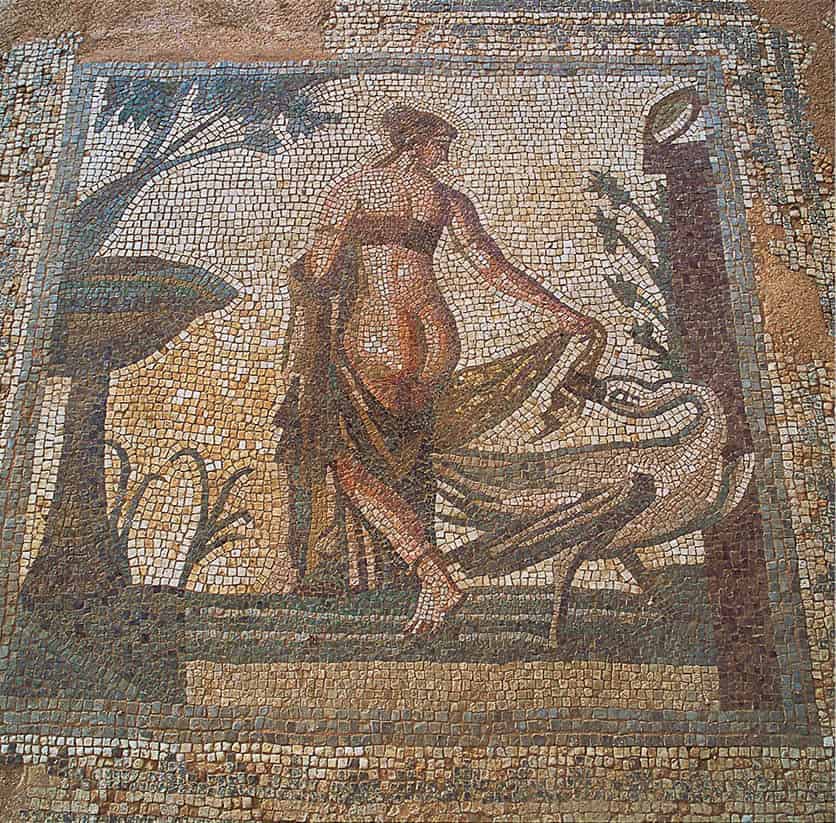
Original mosaic of Leda and the Swan at Kouklia
Caroline Jones/Apa Publications
The Byzantine Era
Despite the apostle Paul’s mission to Cyprus in AD 45, most islanders continued to be devoutly pagan, though not Jewish – all Jews were expelled by Emperor Hadrian after a bloody revolt in AD 116. Only during the 4th century, as Christianity spread to the Roman leadership, did churches and monasteries multiply across Cyprus. In AD 330, the mother of Roman emperor Constantine, Helena, supposedly visited the island and founded the great Stavrovouni Monastery.
In 488, when the relics of Barnabas (Paul’s evangelising companion) were miraculously found, the Church of Cyprus became autonomous, subject only to Constantinople, and not nearby Antioch or Jerusalem. The archbishop of Cyprus could carry a royal sceptre rather than a pastoral staff, wear a cloak of imperial purple and sign his name in imperial red ink – rights that the archbishops retain to this day.
With the Byzantine Empire weakened by war against Persia, the Arabs took the opportunity to attack Cyprus in 649 with a fleet of 1,500 ships. Salamis (now Constantia) was left in such ruins that it never recovered; raiding continued until an approaching Byzantine fleet prompted retreat.
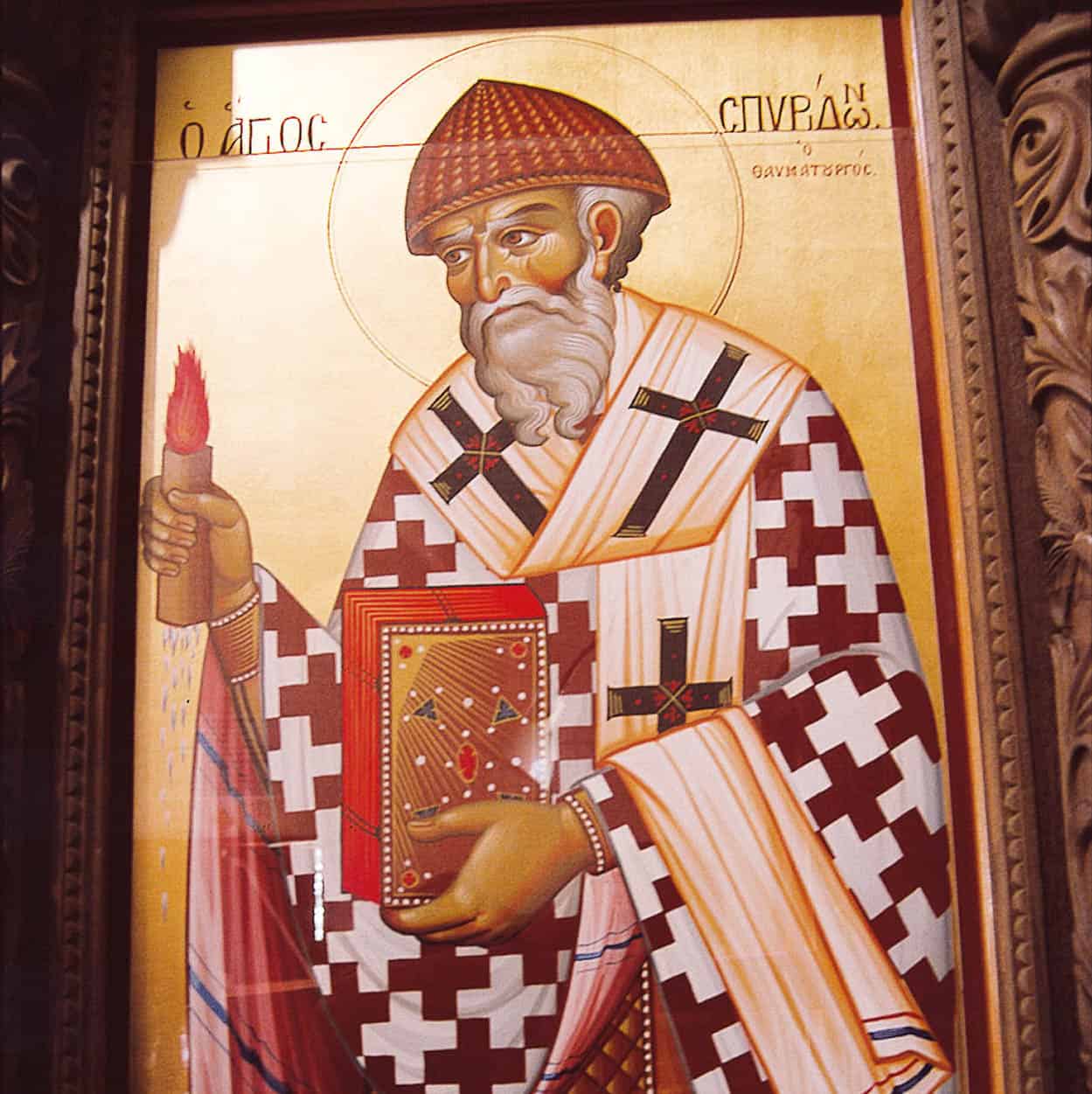
A Stavrovouni mosaic depicts Byzantine-era Christianity
Paul Murphy/Apa Publications
Four years later, in a move that foreshadowed events of the 20th century, the Arabs staged a second invasion and left a garrison of 12,000 men, encouraging Muslim civilian immigration. The Byzantines and the Caliphate subsequently agreed to demilitarise Cyprus and also to share tax revenues. Over the next 300 years, Muslims and Christians engaged in offshore battles, but lived side by side.
The Crusades and the Lusignans
During the Crusades, Cyprus became a key strategic post for Byzantine interests in Syria and Palestine. The governor organised protection for pilgrims to the Holy Land and supervised the rebuilding of Jerusalem’s Church of the Holy Sepulchre and fortifications for its Christian Quarter. The invasion of Seljuk Turks in Anatolia and the Levant after 1071 threatened communications with Constantinople, but Cyprus was still able to supply soldiers of the First Crusade in 1097 and even provided refuge for defeated Muslim princes.
New trade developed with Venice and the young Crusader states on the mainland. However, the Seljuks’ domination of Anatolia after 1176 isolated Cyprus from the Byzantine government. Isaac Komnenos, a junior member of the imperial family, declared himself ‘Emperor’ of Cyprus in 1184.
Asset strippers
Although King Richard the Lionheart deposed the ‘emperor’ Komnenos, he pillaged the island to pay for his onward expedition to the Holy Land, and got 40 percent of the purchase price for Cyprus up front from the Knights Templar. They in turn had to raise the balance with confiscatory taxation, which prompted a local rebellion.
Deliverance from his greedy, brutal rule came in the form of England’s King Richard the Lionheart, who anchored at Limassol en route to the Third Crusade. After a brief campaign, he defeated and imprisoned Komnenos, then promptly sold the island to the Knights Templar. Their greed prompted another revolt which they could not quell, and the island returned briefly to Richard’s suzerainty before being acquired by Guy de Lusignan, a French former king of Jerusalem. Lusignan recreated the lost feudal world of Palestine, parcelling out Cyprus’ farmland to over 500 supporters, and reducing native Cypriots to serfdom. In 1260, the Roman Catholic Church was declared supreme on the island, with Orthodox bishops rusticated to remote hill villages.
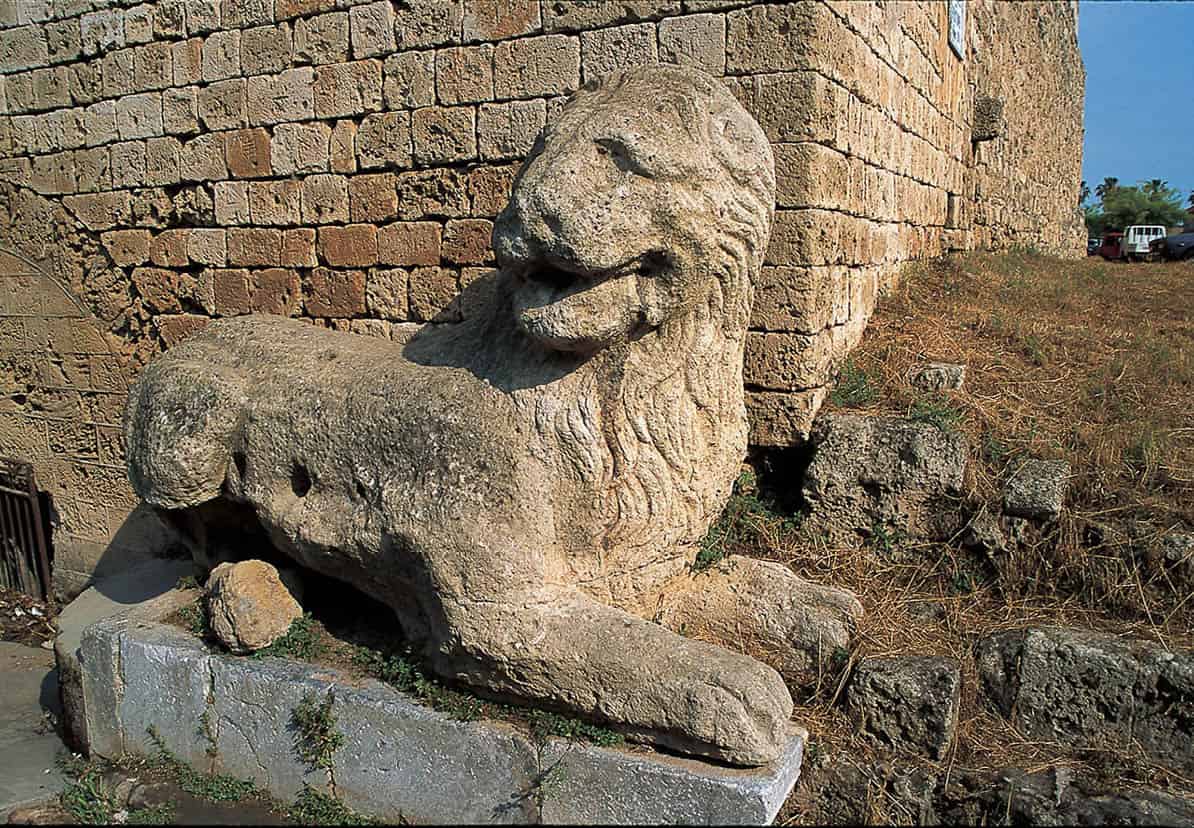
To defend their trade, the Venetians fortified Famagusta
Caroline Jones/Apa Publications
Genoese and Venetians
During the 14th century, Cyprus shone as the easternmost Christian outpost, now that the Holy Land was permanently lost. Famagusta’s merchants in particular became renowned for their extravagant wealth. The island’s opulence attracted pirates, and fuelled a heated rivalry between Venetian and Genoese merchants that erupted in bloody riots in late 1372. The Cypriots sided with the Lusignans and Venetians against the Genoese, murdering merchants and looting shops in Famagusta. In retaliation, Genoa sent a fleet to ravage the island, seizing Famagusta in late 1373.
Worse followed in 1425, when the Mamelukes landed on the south coast, defeated King Janus, and rendered him a vassal of Egypt. Successor King James II was only able to oust the Genoese from Famagusta in 1464 with Egyptian funding, but it was too late to restore Lusignan power. He married a Venetian noblewoman, Caterina Cornaro, and then died (probably of Venetian poisoning); the Venetian then forced Queen Caterina to abdicate, and ruled Cyprus directly for the next 82 years.
The Venetians’ lucrative trade routes were threatened by Ottoman encroachment on three sides – Anatolia, the Levant and Egypt. Imagining that attack would come from the east, the Venetians consolidated their defences mainly in Famagusta. But in mid-1570 the Turks landed on the south coast and took Nicosia after a 46-day siege. The capital’s Venetian commander was killed and his head sent as a warning to Marcantonio Bragadino, commander at Famagusta. Undeterred, Bragadino led a heroic defence, with 8,000 Greek-Cypriot and Italian troops holding out for over 10 months against a Turkish army of 200,000. On 1 August 1571, his ammunition gone, Bragadino surrendered. He was promised safe passage, but when Ottoman commander Lala Mustapha Pasha saw he had lost 50,000 men to such a tiny army, he flayed Bragadino alive. Cyprus was now a province of the Ottoman Empire.
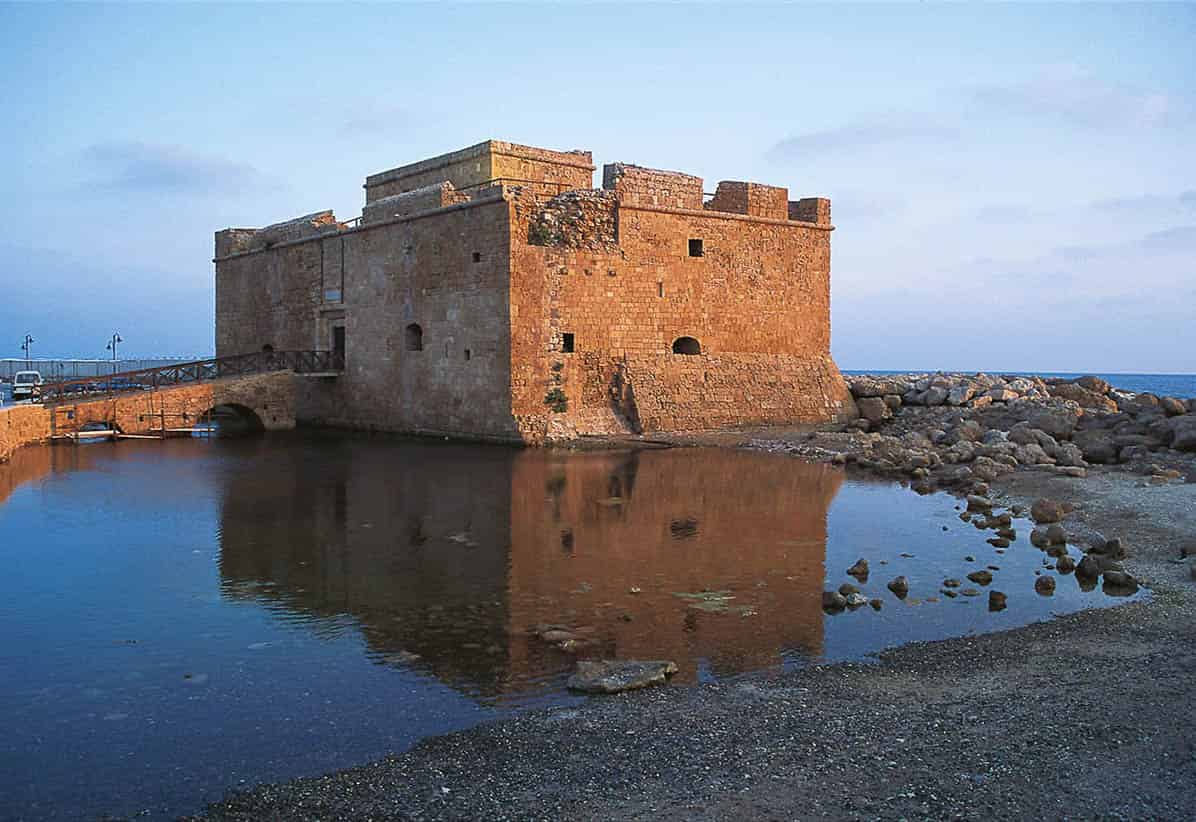
Pafos Fort, used by the Turkish and the British
Caroline Jones/Apa Publications
Ottoman Rule
With the Turks controlling the whole of the eastern Mediterranean, Cyprus lost its strategic importance and was left to stagnate; local administrators usually proved more idle than oppressive. Venetians converted to Islam, and soldiers and their families, plus civilian settlers from Anatolia, were the forerunners of today’s Turkish-Cypriot community. Most Greek Cypriots, who had loathed the Venetians, initially welcomed Ottoman rule, especially when the Orthodox Church was restored to supremacy. By 1660, the Sultan officially recognised the Greek Orthodox archbishop as the head of the Greek Cypriot community – and made him and his clergy responsible for collecting onerous taxes.
At the start of the Greek War of Independence of 1821, the local Ottoman governor executed charismatic Archbishop Kyprianos, his three bishops and hundreds of prominent civilians, which provoked 12 subsequent years of revolt, met with massacre and plunder by Syrian and Egyptian troops.
Over subsequent decades, the Sultan tried to halt widespread abuses by tax collectors, which were provoking massive emigration of both Greek and Turkish Cypriots. But local officials opposed all reforms, often intimidating governors sent by the Sultan. The disintegration of Ottoman authority in Cyprus was symptomatic of the progressive collapse of the empire.
The British Step In
With ‘the sick man of Europe’ on his deathbed, the era’s superpowers hovered around like vultures to pick at the remains. Great Britain spent the mid-19th century fending off Russian initiatives to seize Ottoman territory; finally, in 1878, in consideration of services rendered to the Ottomans in the most recent Russo-Turkish war, occupation and administration of Cyprus (though not formal sovereignty) was ceded to Britain, whose forces landed at Larnaca in July. Once Britain acquired nearby Egypt and its Suez Canal in 1882, Cyprus’ importance was reinforced.
Greek Cypriots were initially happy about the transfer of power, and came to appreciate the new schools, hospitals, law courts, aqueducts and roads furnished by British colonial administration. The population rose from 186,000 in 1881 to 310,000 in 1921. But they primarily expected the British to help Cyprus achieve enosis, or union with Greece, as Britain had done for the Ionian Islands in 1864.
Union with Greece was, of course, opposed by the Turkish-Cypriots. They remained confident that Britain would respect its treaty with Turkey and not give in to demands for enosis. In 1914, Turkey sided with the Central Powers in World War I and Britain promptly annexed Cyprus, making it a British Crown Colony. Despite infrastructure improvements, little economic growth occurred, owing to a confiscatory taxation clause of the Anglo-Ottoman treaty, in force until 1927. In 1931, Greek-Cypriot members of the Legislative Council resigned, and riots broke out in Nicosia. The British response was harsh: reparations for damages, declaration of martial law, the banning of political parties and display of the Greek flag, deportation of troublemakers. But during World War II, given the British alliance with Greece against Germany, Cypriots, both Greek and Turkish, furnished 28,000 troops (and hundreds of donkeys). Political parties were duly reinstated, and local elections held.
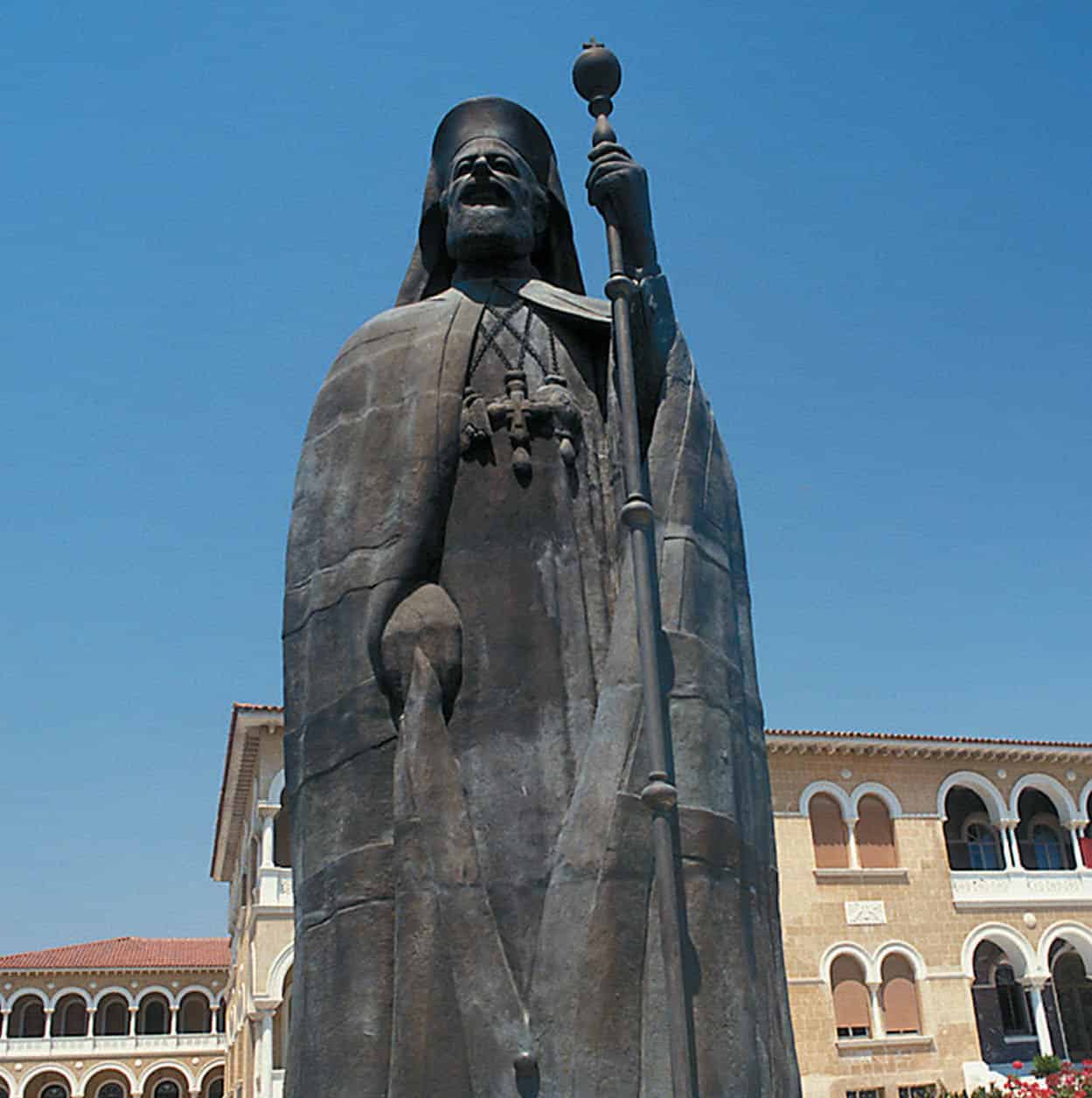
Statue of Archbishop Makarios in Nicosia
George Taylor/Apa Publications
The Fight for Enosis
In 1947, the local British governor offered limited self-rule to Cyprus, as with other colonies at the time. But the Greek-Cypriot slogan of the day was ‘enosis and only enosis’. In 1950 a plebiscite of Greek Cypriots voted 96 percent in favour of union with Greece, a vote overseen by the local church’s new leader, Archbishop Makarios III (see box).
A Small Nation’s Great Leader
In Archbishop Makarios, Cyprus was blessed with a first president of great intellect and spiritual authority. Born in 1913 to a peasant family in the Pafos hills, Mihail Christodoulous Mouskos became a monk at Kykkos Monastery. He studied in Athens, Istanbul and Boston, before returning to Cyprus in 1948 to become Bishop of Kition (Larnaka).
Made archbishop at the young age of 37, he won popular support with his dignified eloquence. But he was criticised by foreign observers for his failure to control Greek-Cypriot extremists, thus provoking alarm among Turkish Cypriots. Makarios, who died in 1977, impressed the world with his moral leadership of non-aligned nations at the height of the Cold War, and his courage during the Greek-inspired coup against him in 1974 and the subsequent Turkish invasion.
In 1955, the campaign for enosis became violent, led by Colonel (later General) Georgios Grivas, a Cypriot-born Greek Army officer. Directed from a hideout deep in the Troödos Mountains, EOKA (the Greek initials for the National Organisation of Cypriot Fighters) bombed public buildings and assassinated opponents of enosis. Archbishop Makarios publicly disowned the actions, but gave EOKA clandestine support. He was exiled in 1956, first to the Seychelles and then to Athens. In Greece itself both the government and the public gave noisy support to the Greek-Cypriot cause, which only irritated Turkey.
Turkey opposed enosis with two main arguments: the Turkish-Cypriot community would be defenceless if it was swallowed up in the greater Greek nation; and Greek territorial extension to Cyprus would pose a military threat to Turkey. In 1958, some Turkish Cypriots founded the organisation TMT to work, violently if necessary, for partition of the island.
In 1959, the foreign ministers of Turkey and Greece, plus, later, British figures and certain Cypriots, met in Zurich and London. As a result, all parties agreed to renounce either enosis or partition, while guaranteeing safeguards to protect the Turkish-Cypriot minority in a new independent republic. The first president of the republic would be Greek-Cypriot Archbishop Makarios, and his vice-president would be the Turkish-Cypriot leader Fazil Küçük. On 16 August 1960, Cyprus became independent, though Britain retained two large military bases on the south coast. Grivas retreated, dissatisfied, to Athens.
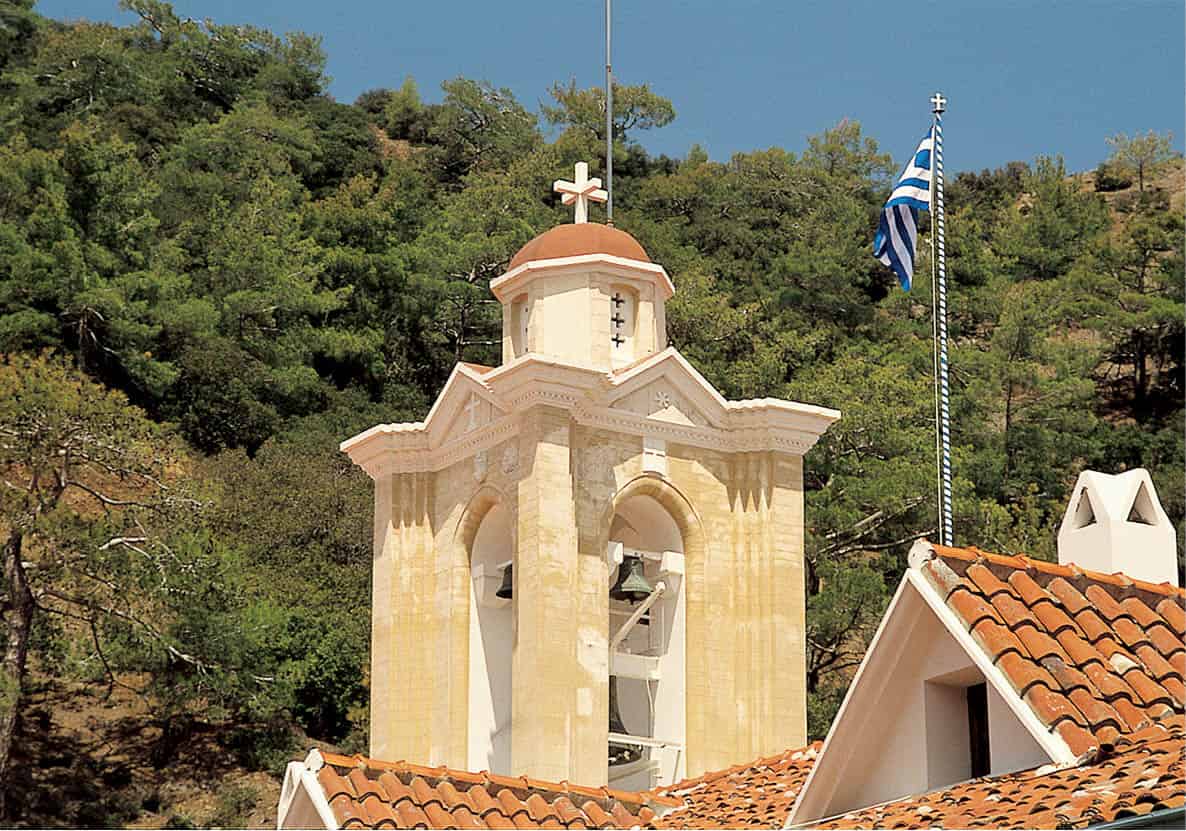
Kykkos Monastery, reputedly an EOKA base in the 1950s
Jon Davidson/Apa Publications
Troubled Independence
Cabinet posts, parliamentary seats and civil service jobs were apportioned to Greek and Turkish Cypriots according to a 70:30 ratio, and the main towns elected separate Greek- and Turkish-Cypriot municipal governments, but the constitution proved unworkably complex. In late 1963, Makarios proposed 13 simplifying amendments which the Turkish Cypriots refused; fighting soon broke out in Nicosia. The British supervised a cease-fire and set up a ‘Green Line’ (see box) separating the communities. United Nations forces were brought in to patrol the Green Line in March 1964, and they have stayed ever since. All Turkish Cypriots left their government posts on TMT orders, and many Turkish Cypriots from mixed villages sought shelter in fortified enclaves, which sprang up across the island. Turkey and Greece each supplemented their existing island garrisons with more officers sent to train local forces. Among them was General Grivas, in 1971, who took control of far-rightist EOKA-B (EOKA the Second). Continual attempts to reconcile the two island communities were sabotaged by outside parties, including the military junta in control of Greece since 1967.
The Green Line
The Green Line owes its name to the British army officer who drew a line in green crayon on a map to separate the warring Greek and Turkish Cypriot communities in Nicosia. Since 1974, the cease-fire line has extended across the entire island; outside the city it is generally known as the Attila Line, after the Turks’ own code designation for their invasion. Either side of the line is a ‘dead zone’ (buffer zone), usually heavily mined, varying in width from a few metres in central Nicosia to a kilometre or so in sensitive areas. The line can now be crossed in either direction at one of seven authorised points, by native Greek or Turkish Cypriots, and all EU nationals. This is a marked contrast to the conditions that prevailed before April 2003, when only non-Cypriot visitors could transit from the South to the North on foot, with return stipulated by nightfall.
On 15 July 1974, Greece’s junta tried to impose enosis on Cyprus through a coup mounted by EOKA-B. The Presidential Palace was attacked, although Makarios escaped to Pafos and refuted reports of his demise with a radio broadcast. Although the illegitimate regime collapsed within eight days, the coup d’état gave Turkey a pretext to invade on 20 July. The Greek Cypriots, weakened by an ongoing civil war between leftists and EOKA-B, stood little chance, and by 14 August Turkish troops had occupied northern Cyprus. Makarios escaped to New York, where he rallied support in the UN to reinstate him as president. The Turkish army remained in control of 38 percent of the island, including Famagusta, northern Nicosia and Keryneia. Some 180,000 Greek Cypriots were forced to flee to the south, while about 44,000 Turkish Cypriots migrated to the north. By 2005, approximately 80,000 settlers had been sent to Northern Cyprus from Turkey.
In 1983, the so-called Turkish Republic of Northern Cyprus (recognised only by Turkey) was set up with Rauf Denktash as president. The UN condemned the move and urged the leaders to find a way other than partition to protect minority rights on the island. Due to the diplomatic isolation of the north, the economy there stagnated. The Greek Cypriot economy, on the other hand, recovered quickly from the shock of invasion, helped both by tourism and – represented by the only ‘legitimate’ government on the island – international aid.
Successive rounds of UN-sponsored negotiations between Denktash and the incumbent Greek Cypriot president, from 1981 onwards, got nowhere, largely thanks to Denktash’s obstructionism and post-Makarios President Spyros Kyprianou’s timidity. Much of the 1990s were spent in arms build-ups on both sides, border incidents and mutual threats.
The oppressive rule of Denktash and his UBP party, coupled with a Turkish economic crash which dragged the North down with it, caused the first serious Turkish-Cypriot opposition to the status quo during 2000–1, with demonstrations and renewed intercommunal initiatives. Denktash, under continued domestic pressure, abruptly opened the Ledra Palace crossing of the Green Line in April 2003, allowing native Cypriots on both sides almost unconditional access to the other. Since then six other automobile or pedestrian crossings – including the highly symbolic Ledra Street/Lokmacı one in central Nicosia – have opened.
Cyprus in the EU
In tandem with Cyprus’ pending EU membership on 1 May 2004, the UN presented yet another federal settlement proposal: the (Kofi) Annan Plan. Upon approval via referendum, the entire island would join the EU. The plan – conceding a huge role to Turkey – was approved 2:1 by Turkish Cypriots, but rejected 3:1 by Greek Cypriots. Nearly a decade later, the UN’s patience has worn thin, with a warning that the plan can only be minimally modified.
Lately, the importance of a settlement has receded for Greek Cypriots preoccupied with the economic crisis in the South. The two largest banks were effectively bankrupt and tourism proceeds were sharply down. The winner of the 2013 presidential elections, DISY (centre-right) party chief Nicos Anastasiades, had to apply for a €16 billion EU bailout to keep Cyprus going. The same German-led ‘troïka’ overseeing the Greek rescue dictated harsh terms: closure of the second-largest bank, Laïki, and draconian levies on all southern bank accounts designed to raise €5.8 billion, not exempting accounts under €100,000 normally guaranteed under European banking practice. Uproar ensued as the Cypriot parliament rejected the deal; finally, on 25 March 2013, a package expropriating almost 40 percent of deposits over the guarantee limit was agreed, ending Cyprus’ long-running offshore banking enterprise. The only hope of repaying the complementary €10 billion troïka loan lies in undersea natural gas fields which Cyprus is preparing to exploit with Israel, but these will not begin producing until 2017.
High hopes for reunification
In 2014 the President of the Republic of Cyprus, Nicos Anastasiades, and his Northern Cyprus compatriot Derviş Eroğlu relaunched negotiations to settle the Cyprus dispute. Talks reached stalemate but there was new hope in May 2015 when Mustafa Akıncı became the new president of Northern Cyprus. Talks resumed, resulting in Northern Cyprus lifting visa requirements for Greek Cypriots; in early 2016 negotiations were still under way and a long-expected Cyprus reunification seemingly closer than ever.